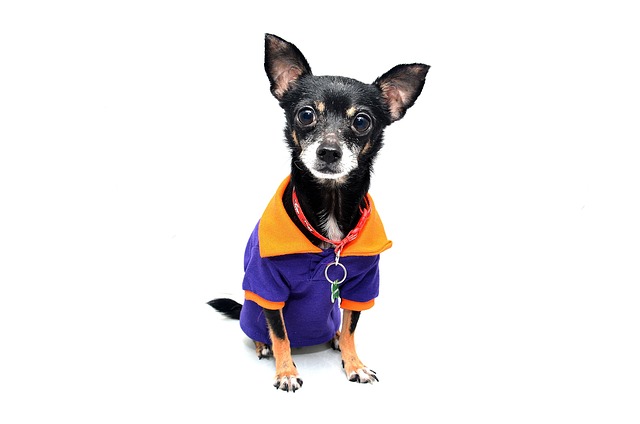
Are CBD treats good for dogs
It’s a stormy night in your Chicago apartment, and your rescue Lab, Max, is pacing—paws clicking on the hardwood, tail tucked, whimpering every time thunder booms.
Watching your once-energetic pup hesitate at the bottom of the stairs, their tail drooping as they struggle to stand after a nap—it’s a heartache no pet parent wants to face. Arthritis in dogs, especially in senior pups, creeps in slowly, but the pain can flare up suddenly, turning simple joys like morning walks into struggles. For new dog owners in places like Miami or Portland, figuring out how to ease that discomfort quickly becomes a top priority.
Let’s break down why that pain happens. Inside your dog’s joints, there’s a soft cushion of cartilage that keeps bones from rubbing together. Over time, whether from aging, injury, or breeds prone to joint issues (like Labs or German Shepherds), that cartilage wears thin. When bones grind, the body sends inflammation to “fix” the problem—but that inflammation itself stings, making even lifting a paw feel like a chore. Think of it like a sore knee after a long run, but for your dog, it’s constant.
So, what works fast? Start with a call to your vet—this isn’t a “wait and see” situation. They might prescribe non-steroidal anti-inflammatories (NSAIDs) made for dogs; these aren’t the same as your aspirin, so never share human meds. Last month, my neighbor’s 10-year-old Beagle, Max, could barely walk until his vet prescribed a dog-specific NSAID—within 24 hours, he was trotting to the mailbox again. Alongside meds, cold compresses can calm sudden flares: wrap a bag of frozen peas in a towel and hold it gently on their sore joint for 5 minutes. For stiffness in the morning, a warm towel (not hot!) can loosen things up.

Weight matters more than you’d think. Extra pounds put brutal pressure on achy joints, so swapping out high-calorie treats for carrot sticks or green beans can make a difference fast. Low-impact movement helps too—short, slow walks on soft grass (avoid concrete) keep joints lubricated without strain. If you have a pool or access to a doggy swim center, swimming works wonders—my cousin’s arthritic Corgi, Lucy, does 10-minute swims twice a week, and she’s stopped yelping when jumping onto the couch.
Now, let’s tie this to being a responsible owner in the U.S. First, keep those vaccine records up to date—senior dogs need regular check-ups to catch arthritis early, and rabies shots are legally required in every state. When you’re out on those slow walks, always pack poop bags; in cities like Boston, failing to clean up can cost you $200. If you live in an apartment, lay down non-slip rugs—hardwood floors are tricky for wobbly pups, and you don’t want them slipping and worsening pain.
Remember, patience is key. Arthritis pain can make dogs grumpy, but never scold or rush them—positive reinforcement goes a long way. Cheer them on with a “good boy!” when they take a step up, and offer a favorite toy as a reward. In our culture, forcing a dog to “tough it out” isn’t just cruel—it undermines the trust you’ve built.
Relief might not happen overnight, but with vet guidance, gentle care, and a little love, you can help your furry friend feel like themselves again.

It’s a stormy night in your Chicago apartment, and your rescue Lab, Max, is pacing—paws clicking on the hardwood, tail tucked, whimpering every time thunder booms.

You’re huddled by the whelping box in your Atlanta home, staring at a litter of squirming, pink newborns—their mom, a nervous Golden Retriever

That little brown bottle of saline solution sits in many medicine cabinets – handy for contacts, minor cuts, or stuffy noses. Spotting your dog shaking his head or scratching an ear, it’s tempting to reach for this familiar, seemingly gentle fluid.

Coming home to a shredded couch cushion and a quivering pup by the door—sound familiar? For new dog owners in Chicago high-rises or suburban Atlanta homes

If your floor looks like a fur carpet and your clothes are constantly covered in dog hair, you’re not alone. Excessive shedding is a common concern for dog owners, but there are effective ways to manage it.

You’ve just finished a sunny hike with your 45-pound Golden Retriever, Bailey, through Arizona’s Red Rock Canyon. As he collapses panting in your SUV